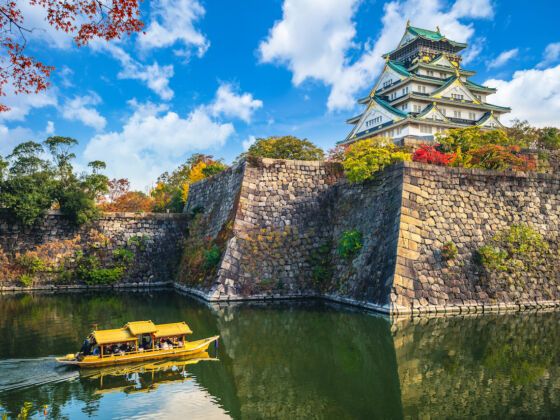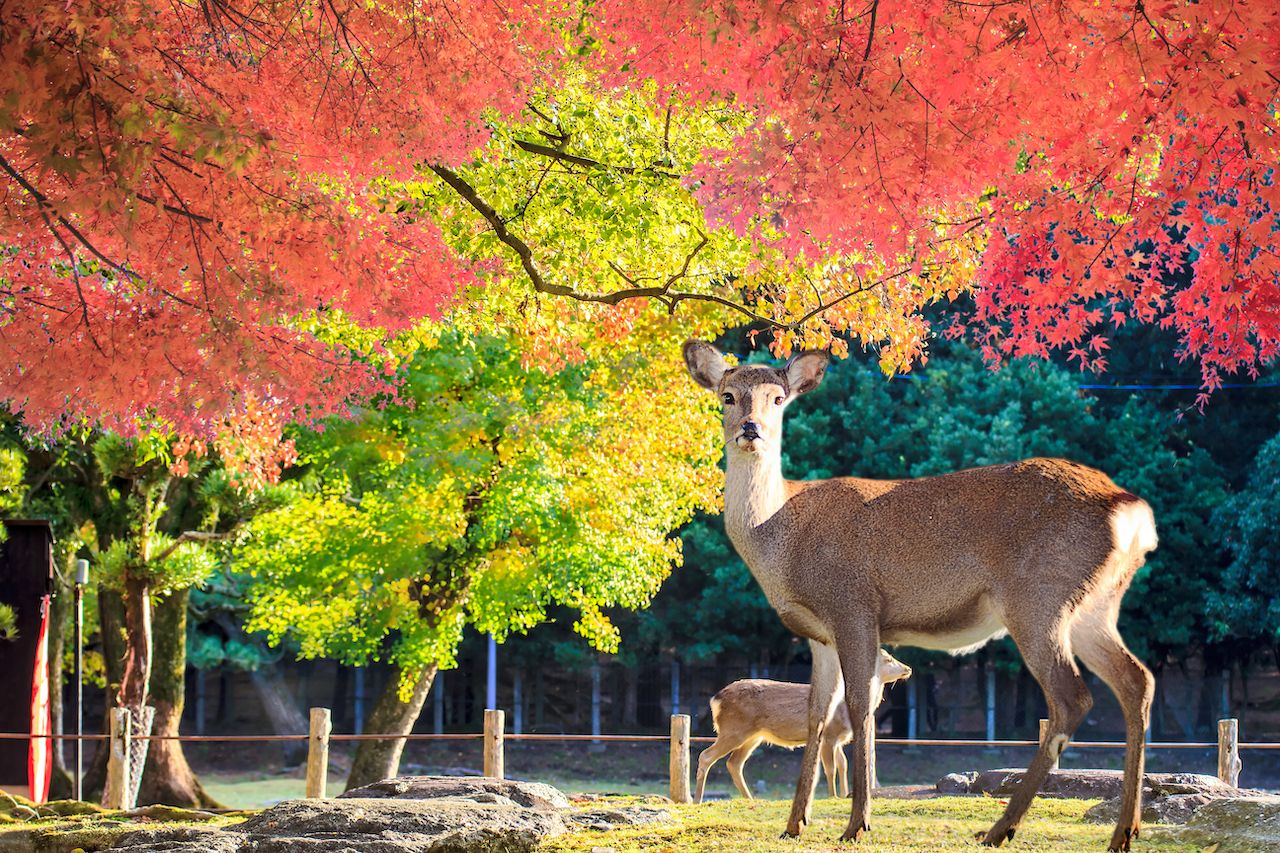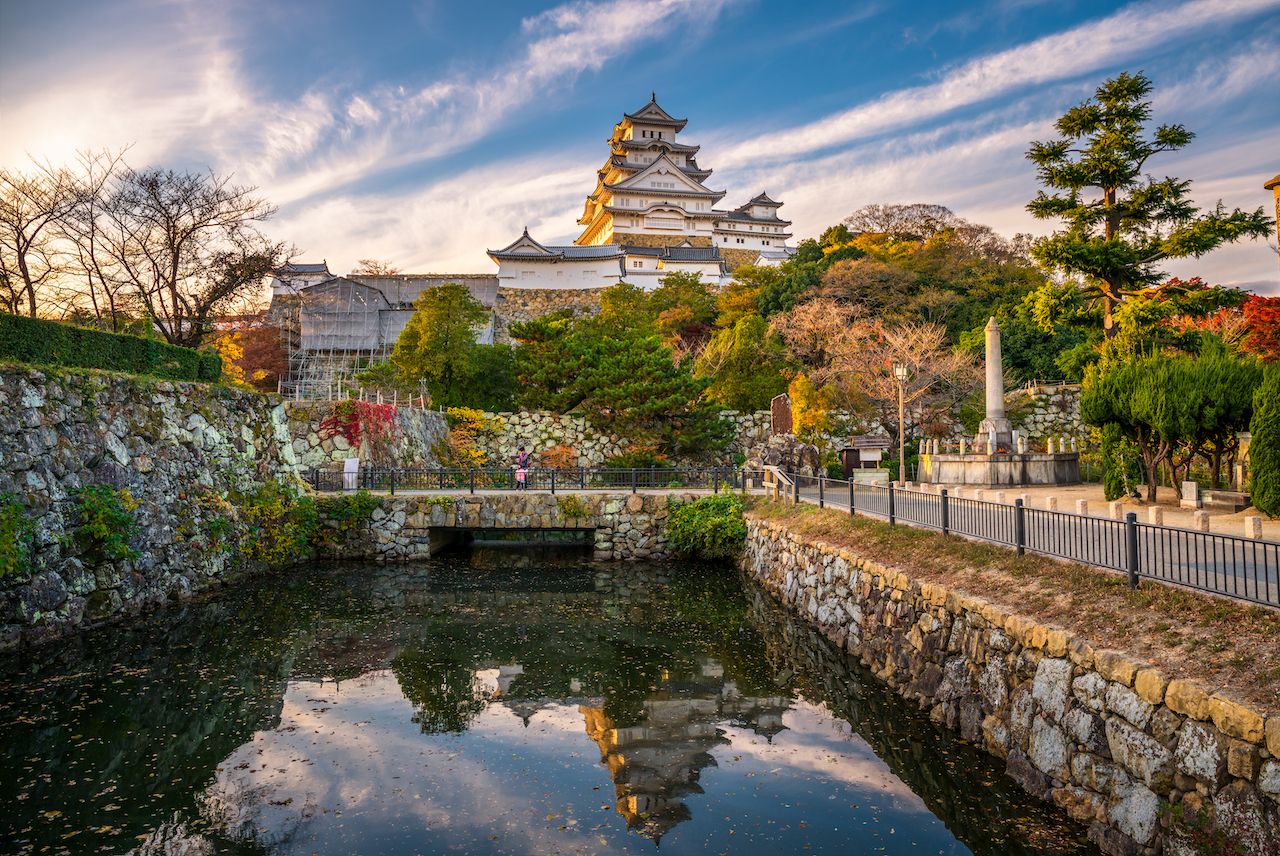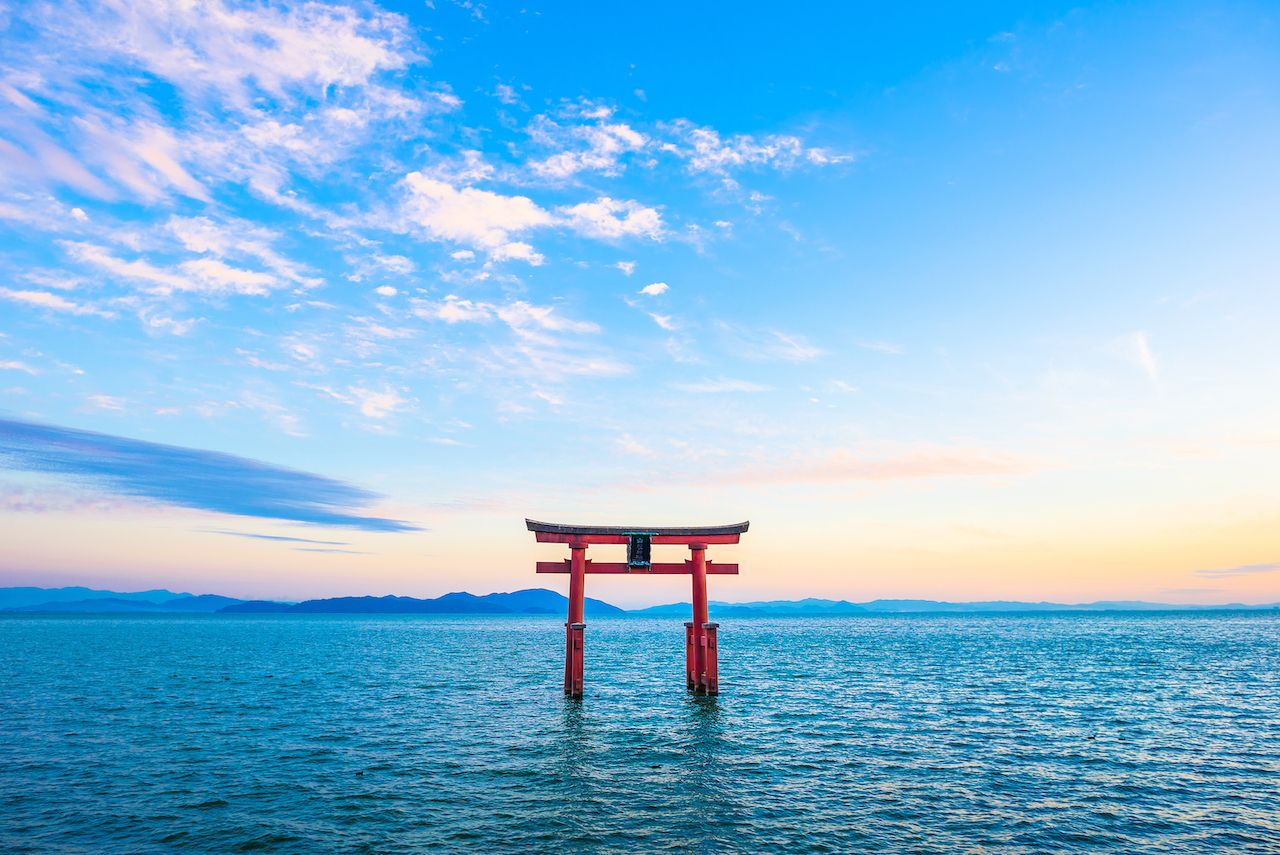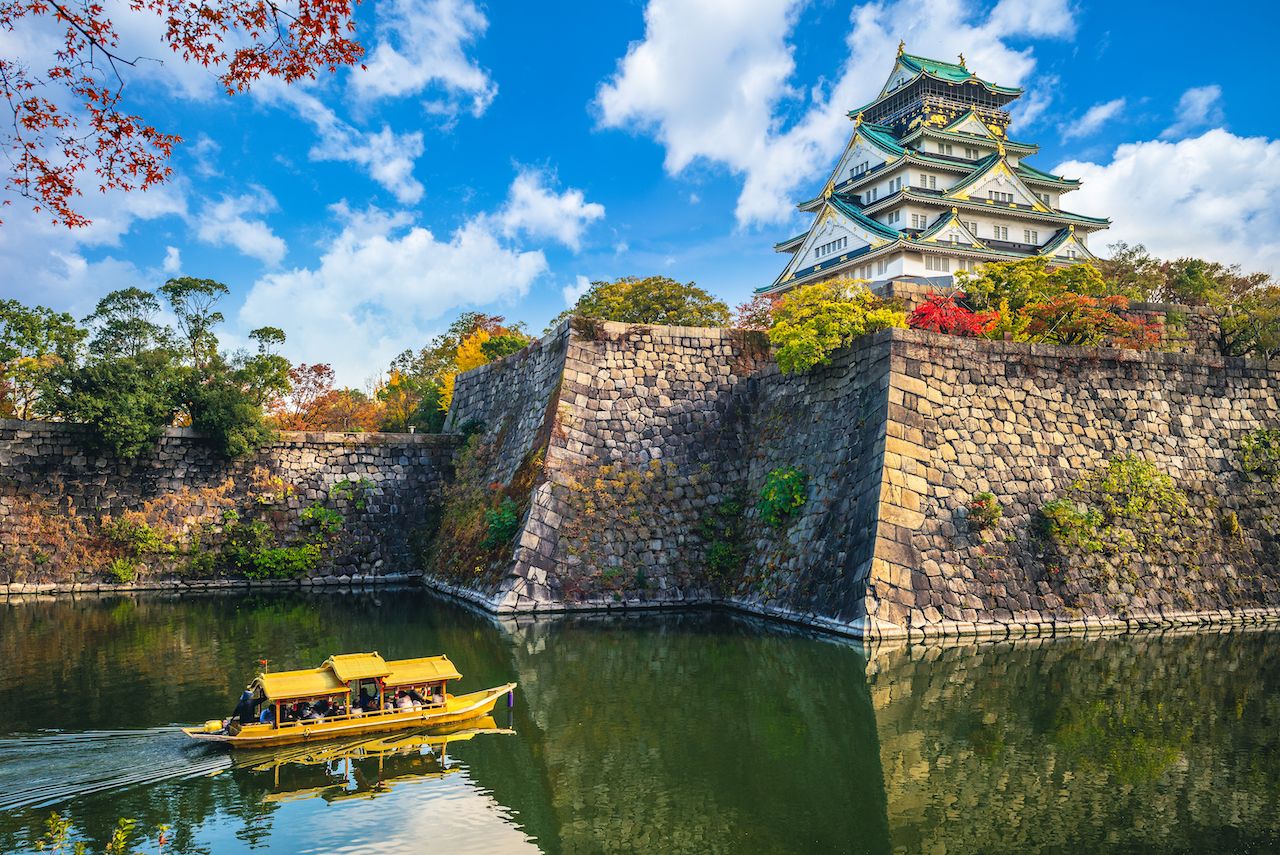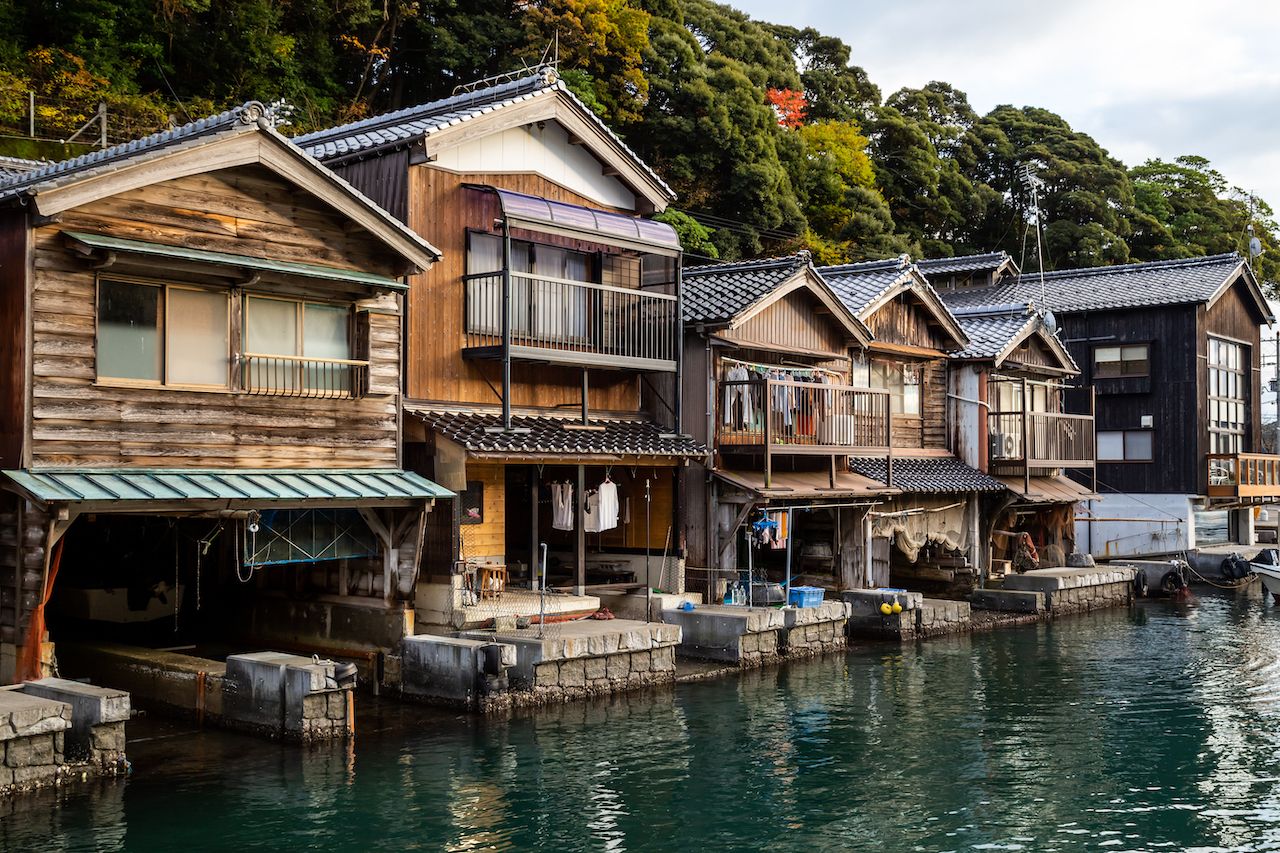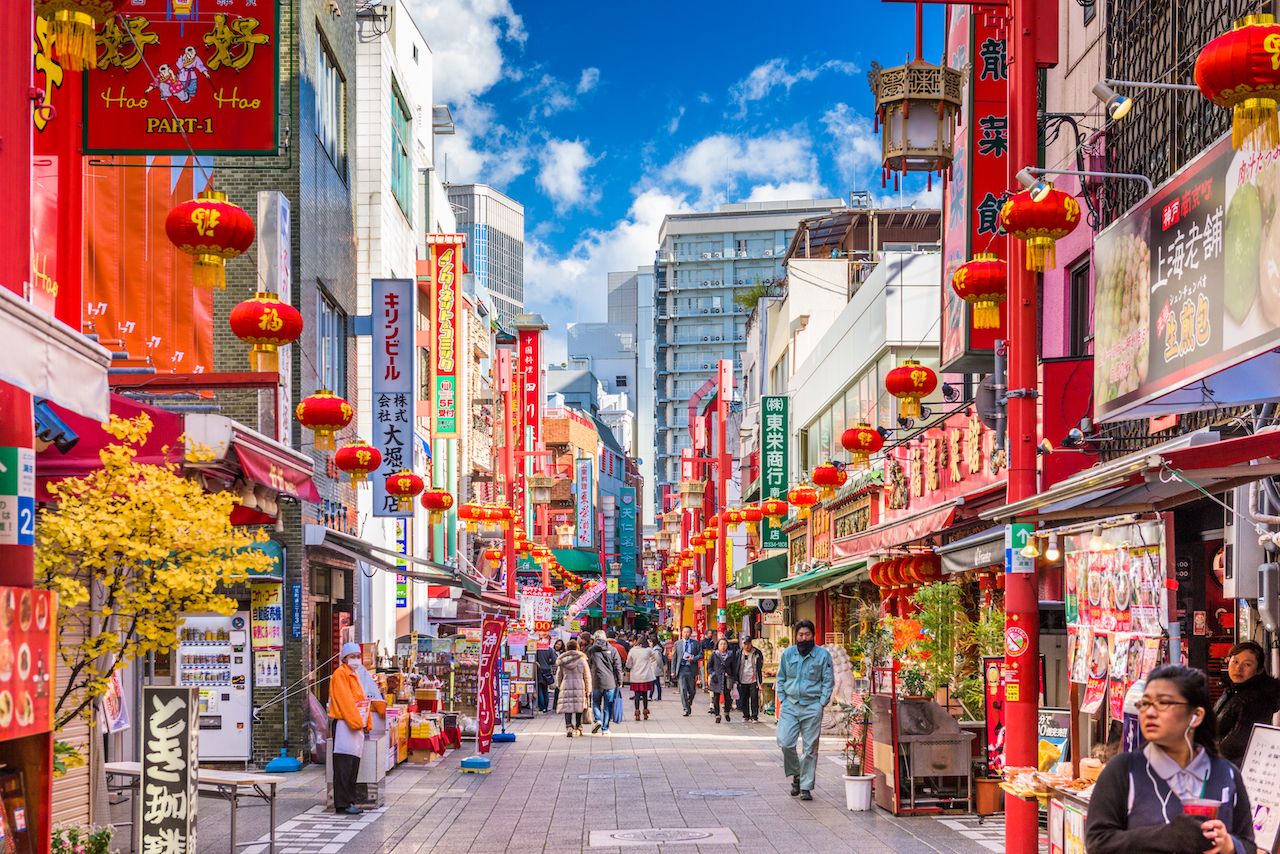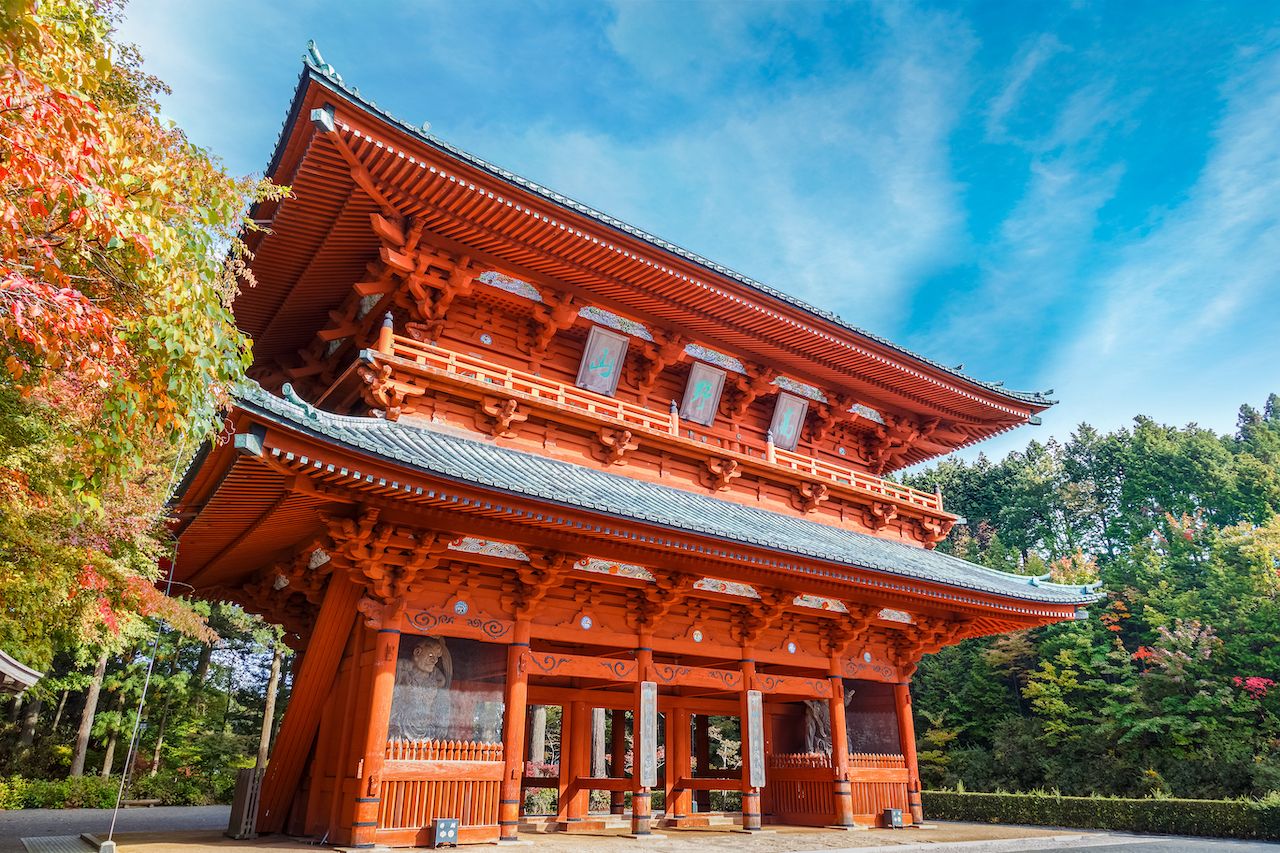Almost all travelers to Japan visit Kyoto — and it’s no wonder why, given its millennia of history and timeless scenery on offer. Whether you’re strolling amid the ancient temples of Higashiyama or through the cinematic bamboo groves of Arashiyama, few places represent Japan more iconically than its erstwhile capital.
On your next trip to Japan, think of Kyoto not (just) as your destination, but as the place where new journeys begin. Take advantage of the city’s central location within the Kansai region to discover lesser-known treasures of western Japan. Even if you hadn’t heard of the region before you stumbled upon this article, it’s a name you won’t soon forget. Kansai is the cultural, natural and spiritual heart of Japan, with a diverse array of attractions and experiences. From the towering Himeji Castle, futuristic Osaka, to the Kumano Kodo pilgrimage route, here’s some of the highlights in the Kansai region of Japan.
